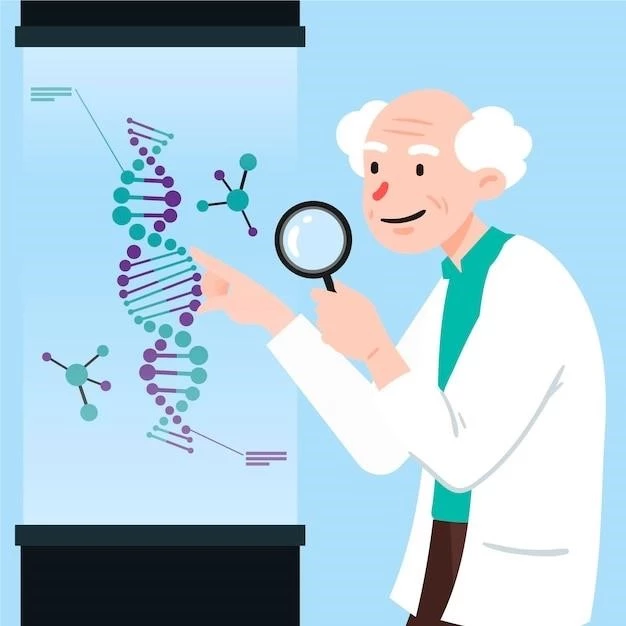Overview of Nakajo Syndrome
Nakajo Syndrome, also known as Nakajo-Nishimura syndrome (NNS), is a rare hereditary autoinflammatory disorder with distinctive features like lipodystrophy. It is caused by a mutation of the PSMB8 gene.
Definition and Background
Nakajo Syndrome, also known as Nakajo-Nishimura Syndrome (NNS), is a rare hereditary autoinflammatory disorder that primarily affects individuals of Japanese descent. This syndrome is characterized by distinctive features such as pernio-like skin rashes, nodular erythema, intermittent fever, and lipodystrophy, which involves a loss of body fat especially in the upper part of the body. The condition is caused by a homozygous mutation in the PSMB8 gene, leading to proteasome dysfunction and inflammatory manifestations in affected individuals.
Clinical Presentation and Symptoms
Nakajo Syndrome presents with distinct features like pernio-like skin rashes, nodular erythema, intermittent fever, and lipodystrophy, mainly affecting individuals of Japanese descent. If you observe these symptoms, consult a healthcare professional for appropriate evaluation.
Common Signs to Look Out For
Common signs of Nakajo Syndrome include pernio-like skin rashes, nodular erythema, intermittent fever, and lipodystrophy, particularly affecting individuals of Japanese descent. If you observe these symptoms, prompt medical evaluation is recommended.

Genetic Basis and Inheritance
Nakajo Syndrome is caused by a homozygous mutation in the PSMB8 gene, leading to proteasome dysfunction and inflammatory manifestations in affected individuals.
Understanding the Role of PSMB8 Gene Mutation
The PSMB8 gene mutation is responsible for Nakajo Syndrome٫ leading to proteasome dysfunction and the development of inflammatory manifestations in affected individuals. Understanding this genetic basis is crucial for diagnosis and potential treatment strategies.
Diagnosis and Differential Diagnosis
Diagnosing Nakajo Syndrome involves genetic testing to identify the homozygous mutation in the PSMB8 gene. Differential diagnosis is essential to distinguish it from other autoinflammatory disorders with similar symptoms.
Key Steps in Identifying Nakajo Syndrome
Identifying Nakajo Syndrome involves conducting genetic testing to detect the specific homozygous mutation in the PSMB8 gene. This crucial step helps differentiate Nakajo Syndrome from other autoinflammatory disorders.
Management and Treatment Approaches
For Nakajo Syndrome, managing symptoms involves supportive care to address skin rashes, fever, and lipodystrophy. Consult healthcare providers for personalized treatment plans.
Strategies for Addressing Symptoms and Improving Quality of Life
To address symptoms of Nakajo Syndrome and enhance the quality of life, healthcare providers may recommend supportive therapies tailored to managing skin rashes, fever, and lipodystrophy. These strategies can help alleviate discomfort and improve overall well-being. Additionally, staying informed about advancements in treatment options and lifestyle modifications can contribute to better disease management and increased quality of life for individuals with Nakajo Syndrome.

Support Resources and Future Research Directions
Seek support from organizations and healthcare providers for managing Nakajo Syndrome. Stay updated on research advancements for potential future treatments.
Accessing Help and Staying Informed about Nakajo Syndrome
Individuals affected by Nakajo Syndrome can benefit from seeking help and guidance from healthcare professionals, patient support groups, and genetic counselors. Staying informed about the latest advancements in research and treatment options can empower individuals and their families to better manage the condition and improve their overall well-being. Organizations and online resources dedicated to rare diseases like Nakajo Syndrome can provide valuable information and support to navigate the challenges associated with the condition.
